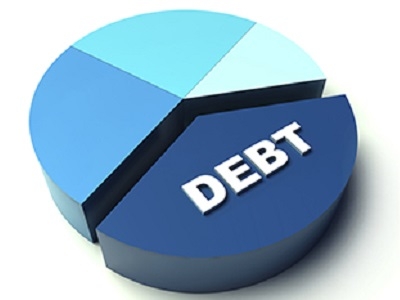Going by the number of new product launches, passive funds have made a splash in the Indian mutual fund industry. However, compared to equity, debt passives have been on a back-foot owing to its complex narrative.
Simplifying the debt narrative, the latest report published by iFAST highlights the features of passive debt funds in comparison to their active counterparts.
The debt fund basket
Debt funds can be classified into three categories - passive debt funds with predefined maturity, passive funds with no predefined maturity and active debt funds. Each of these categories along with their sub-categories forms the debt fund basket.
|
Investment Horizon |
Duration |
|
Temporary |
< 6 months |
|
Short Term |
6-12 months |
|
Short to Medium Term |
1 – 3 years |
|
Medium Term |
2 – 5 years |
|
Medium to Long Term |
5 – 7 Years |
|
Long Term |
> 7 Years |
* As on 23 Aug 2021
Key features of passive debt funds
Encourages medium and long-term holding
Currently, the passive debt market largely offers funds in the medium and long term space, thereby encouraging investors to have a holding period of at least three years and avail tax benefits. Conversely, the active debt market offers funds with a wide range of tenures spanning from one day to over 10 years.
Risk profile
The existing passive debt funds predominantly invest in bonds issued by central and state governments, public sector undertakings and AAA rated private corporations and hence carry a reduced credit risk as against active debt funds.
Further, the interest-rate risk gets eliminated in the case of passive funds having predetermined maturity, provided investors stay invested until maturity. Where the units are sold before maturity, the fund derives its NAV from the underlying securities which could differ from the initial NAV. On the other hand, passive funds with no predetermined maturity and active funds in the medium and long term segment are subject to interest rate sensitivity and have volatile NAVs.
Return expectations
Assuming investors stay invested until maturity, passive debt funds having predetermined maturity offer clarity on returns as the tentative YTM (Yield to Maturity) is known at the time of investing. In the other two debt categories, the yields fluctuate with changes in prices of underlying securities over time.
NAV linkages and expense structure
Passive funds comprise ETFs and index funds. ETFs are transacted on the exchange at real-time NAVs and require a demat account. Whereas purchases/redemptions in index funds and active funds take place at the NAV calculated end of day.
Unlike actively managed funds, passive funds do not require managing duration and credit quality. Understandably, expenses in this category are on the lower side than active funds.
Current positioning of debt funds
“Across all debt funds, we recommend investing primarily at the shorter and medium end of the duration curve currently, given the heightened interest rate risk”, says the report. If further adds, investing at the longer end of the duration curve is only ideal after interest rates have moved up.
Investors having a conservative/moderately conservative/balanced risk approach should consider passive debt funds with predefined maturity. Whereas, moderately aggressive and aggressive investors can opt for passive debt funds with no predetermined maturity. On the other hand, active debt funds can be considered across risk categories owing to their varying tenure and flexibility to alter the portfolio.
|
Particulars |
Passive Debt Funds (Predefined Maturity) |
Passive Debt Funds (No Predefined Maturity) |
Active Debt Funds (Categories) |
|
Suitable investor category |
Risk-averse investors who seek predictable returns and are likely to stay invested until maturity |
Risk-taking investors can consider investing after a rate hike cycle has started |
Investors wanting duration/interest rate risk management and willing to bear NAV volatility |
|
Investment horizon |
Medium to long term |
Medium to long term |
1 day to over 10 years |





